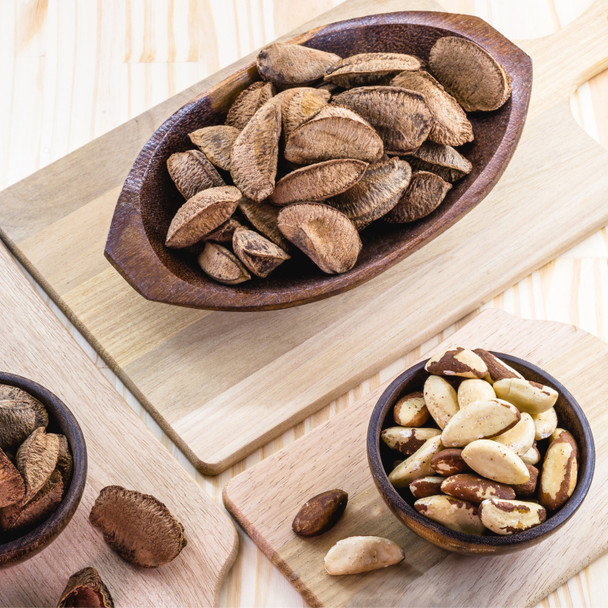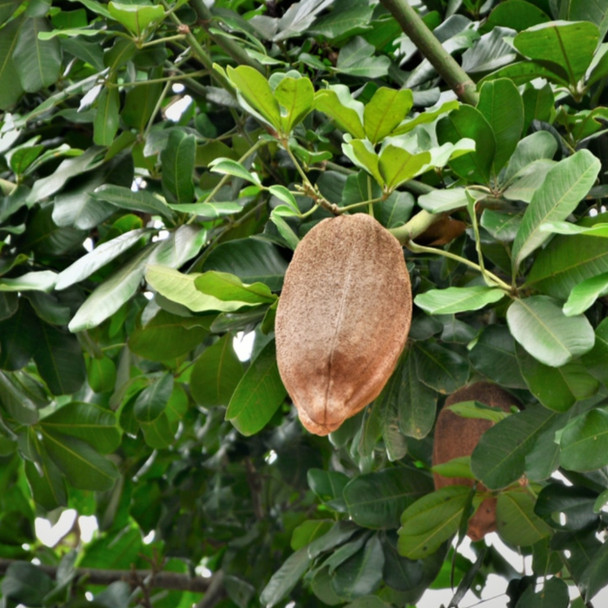Imagine towering giants rising 30 to 50 meters above the Amazon canopy, ancient sentinels that may live for centuries. These are the Brazil nut trees – Bertholletia excelsa – found in patches of rainforest across Brazil, Peru, Bolivia, Colombia and Venezuela.
Brazil nuts have been enjoyed by the native peoples of the Amazon for at least 11,000 years, dating back to the Upper Paleolithic era. Indigenous communities have valued these trees not only as a source of food but as an essential part of survival and culture. The nuts – known as Juvia or Castanha in various native languages – were eaten raw, ground into gruels, baked into a bread called chappa, and pressed for oils used in cooking, lighting and soap. Even the empty pods and husks were put to use: pods carried embers to keep insects at bay, while husks were brewed into teas to soothe stomach ailments.
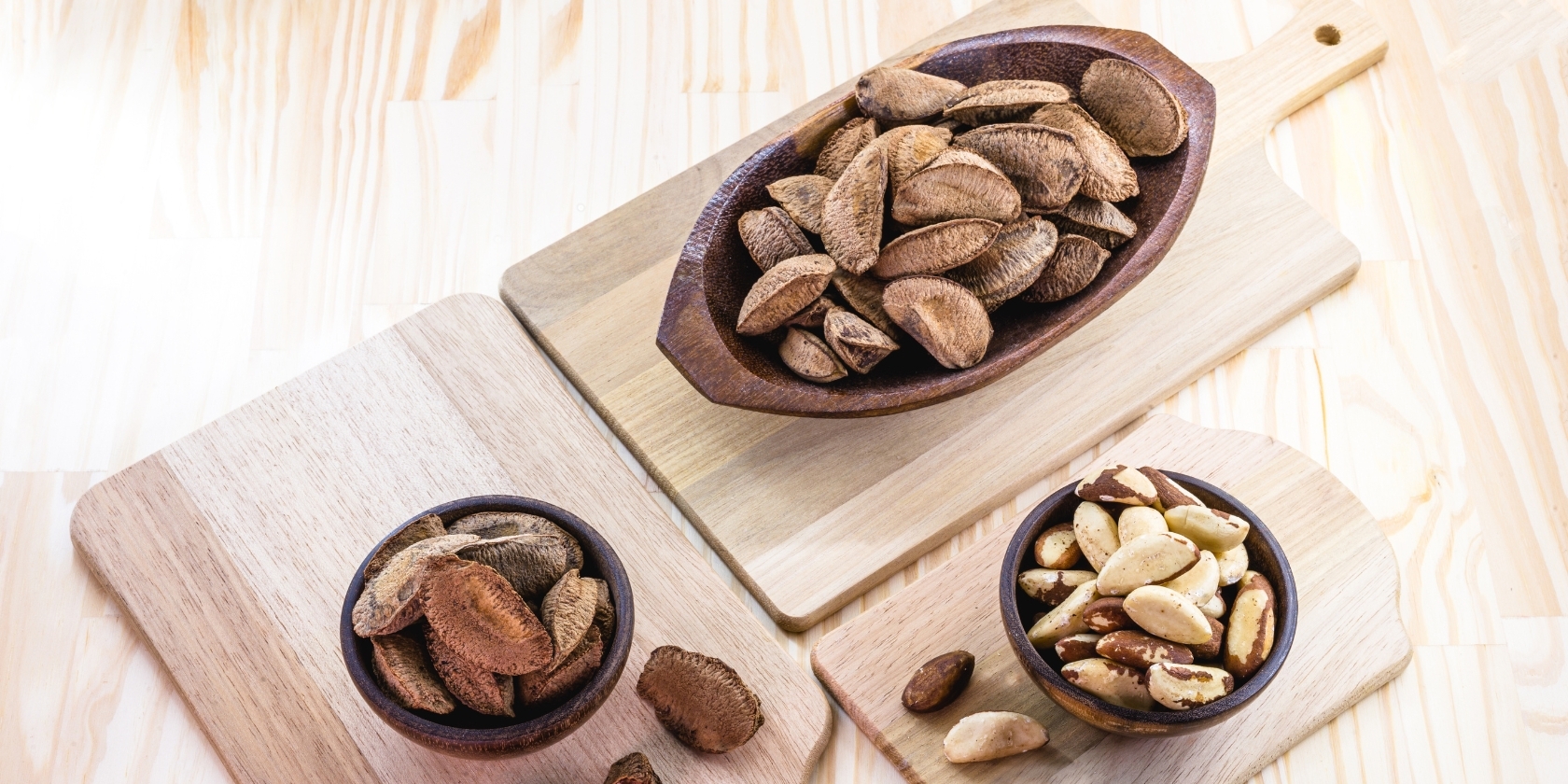
European explorers eventually encountered these local treasures. In 1569, weary Spanish troops in Peru discovered the nuts from the Madre de Dios region, thanks to the guidance of local tribes, and dubbed them “almendras de los Andes” (Andean almonds). By the early 19th century, naturalists like Humboldt and Bonpland documented the tree – still calling it “Brazil nut” because Brazil was the main exporter – even though its native range spans multiple countries.
Fruit Structure & Dispersal
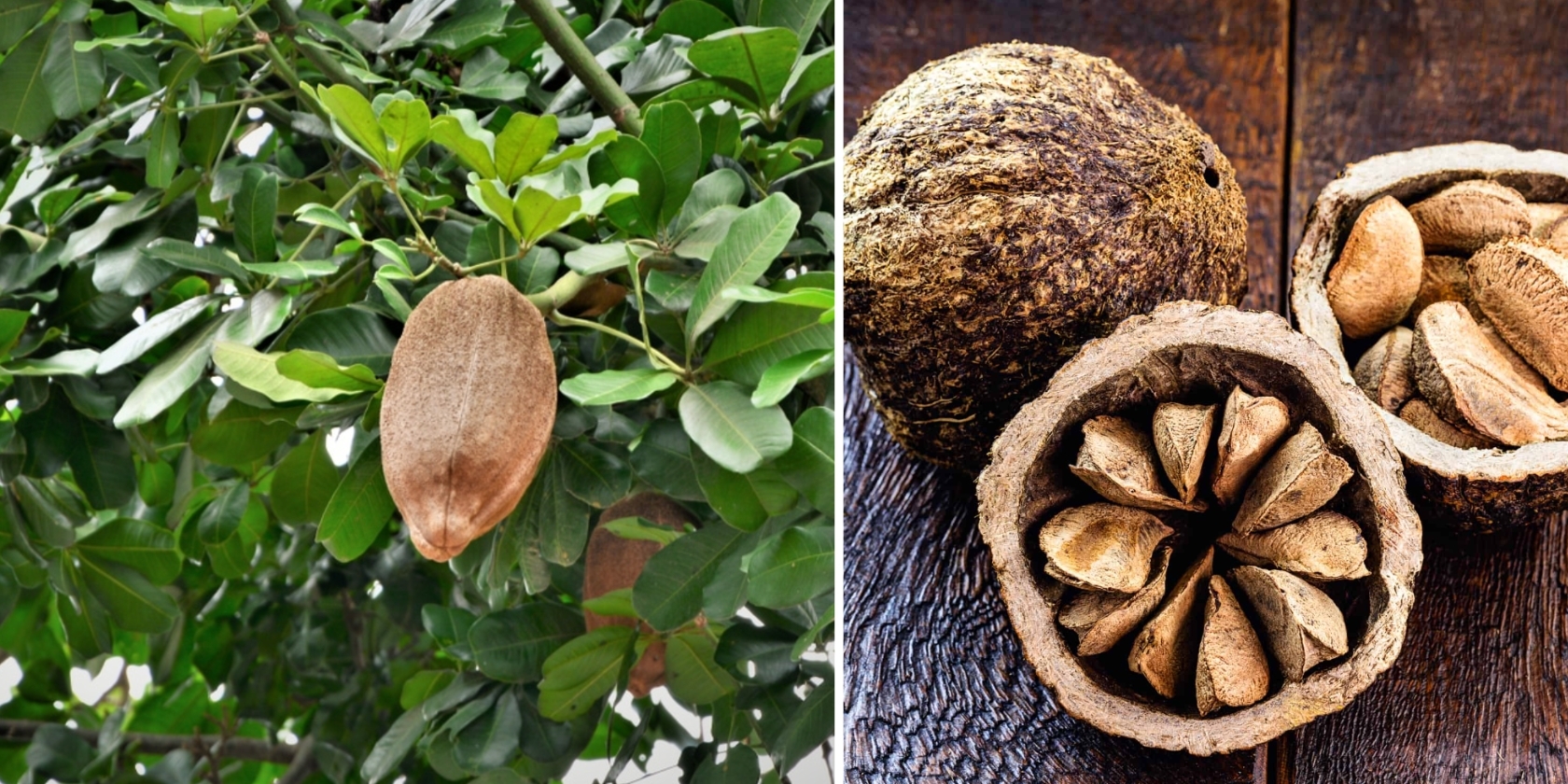
Botanically, the Brazil “nut” is not a true nut but the seed of a large, hard-shelled fruit, typically found in pods the size of a baseball containing 8 to 24 seeds. In fact, they’re more closely related to blueberries and persimmons than they are to walnuts or pecans. The pods are extremely tough – so much so that only a few animals in the Amazon can open them, including humans and the agouti, a small rodent that gnaws the pods with its chisel-like teeth and disperses the seeds by burying them.
Harvesting with Purpose
Brazil nut trees take decades – sometimes up to 50 years – to bear their first fruits. Cutting these trees down is prohibited, which has made them symbols of conservation and biodiversity. These trees play a critical ecological role, supporting wildlife, aiding nutrient cycles and even curbing climate change through carbon storage.
Each wet season, harvesters known as castañeros venture into the forest. They wait for the large pods – each roughly the size of a small bowling ball – to fall, then crack them open to release the edible seeds. Harvesting Brazil nuts is risky – castañeros work deep in the Amazon, dodging heavy falling pods, carrying heavy loads, and often far from medical help.
In many of these regions, harvesting rights – granted as forest concessions – come with great responsibility. Harvesters protect their patch of forest from illegal logging and land grabbers, understanding that the forest is both their home and their livelihood. This idea, often called “conservation-through-use,” means the very act of harvesting Brazil nuts helps protect vast areas of rainforest from deforestation.
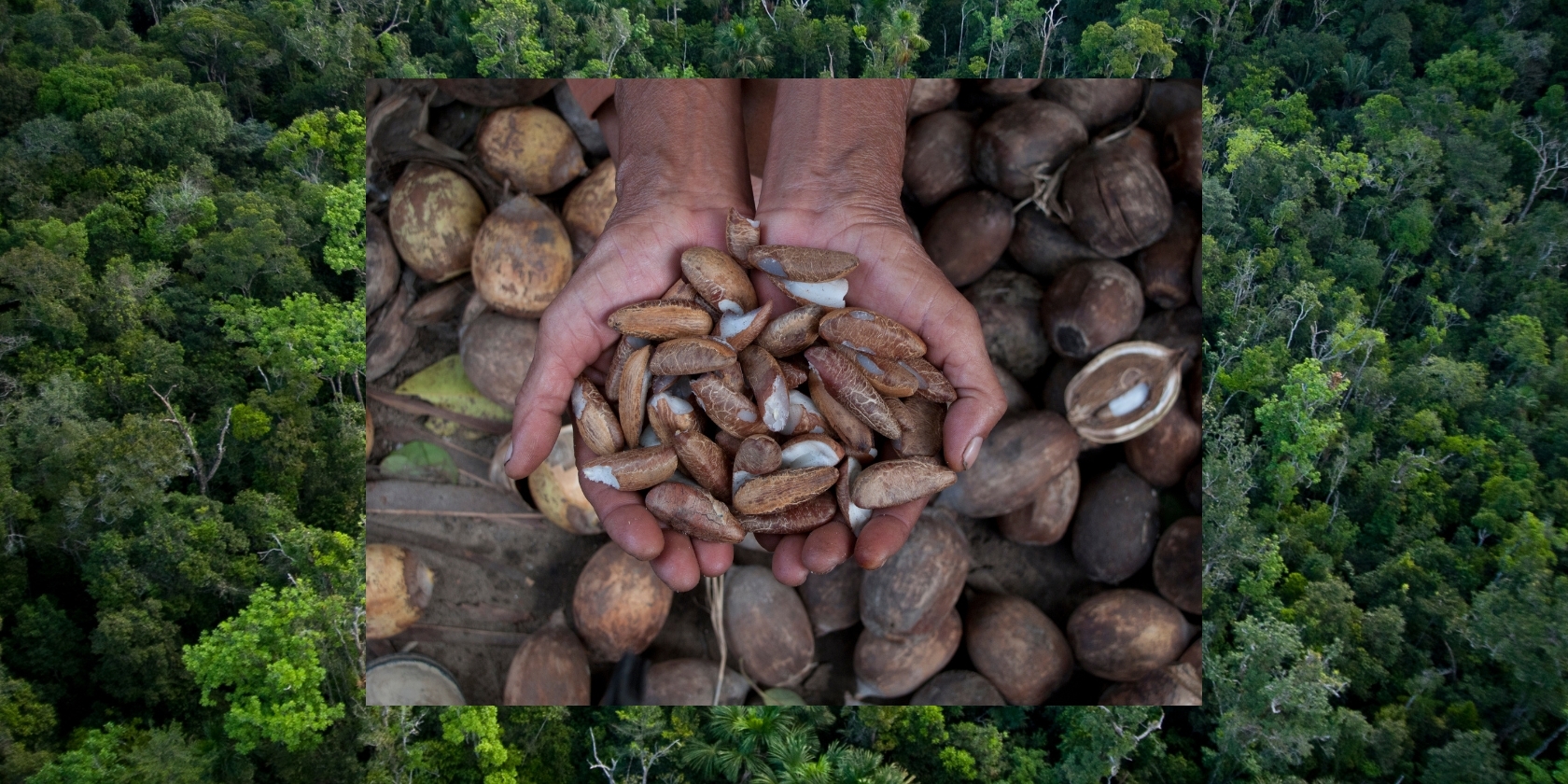
Are Brazil Nuts Good For You?
Hidden in that hard shell is more than just a snack – the benefits of Brazil nuts are impressive. Just one can provide 100% or more of your daily selenium, a mineral vital for thyroid, immune and heart health, not to mention its antioxidant benefits. They also offer healthy fats, protein, magnesium, vitamin E and zinc. Moderation is key when consuming Brazil nuts, as excessive selenium intake can lead to nausea and other health concerns. Experts generally recommend limiting intake to 3–5 nuts per day.
Simple Ways to Enjoy Brazil Nuts
- Snacking: A single nut can be a quick, satisfying bite and great for selenium levels.
- Soak for softness: Soaking can make Brazil nuts gentler on digestion, while enhancing flavour and texture. A few hours in water (with a pinch of salt if you like) will do wonders.
- Blend into butter or milk: A creamy nut butter or plant-based milk from soaked Brazil nuts makes a great addition to toast, smoothies, lattes or porridge.
- Sprinkle or mix in: Chopped organic Brazil nuts add richness to granola, salads or roasted veggies.
- Storage tip: These nuts are rich in oils that go rancid quickly. Keep them in the fridge to maintain that fresh, buttery goodness.
Sustainable, Nutritious and Rich in History
Brazil nuts tell a story of survival, culture and harmony with the rainforest. From Indigenous knowledge and towering forest giants, through careful harvesting and conservation, to your snack bowl today, each nut is a taste of the rainforest and the quiet power of sustainable tradition.
Crunch into Deliciousness
Check out our delicious, Activated Organic Brazil nuts in 120g, 300g, 600g and 1KG sizes.

